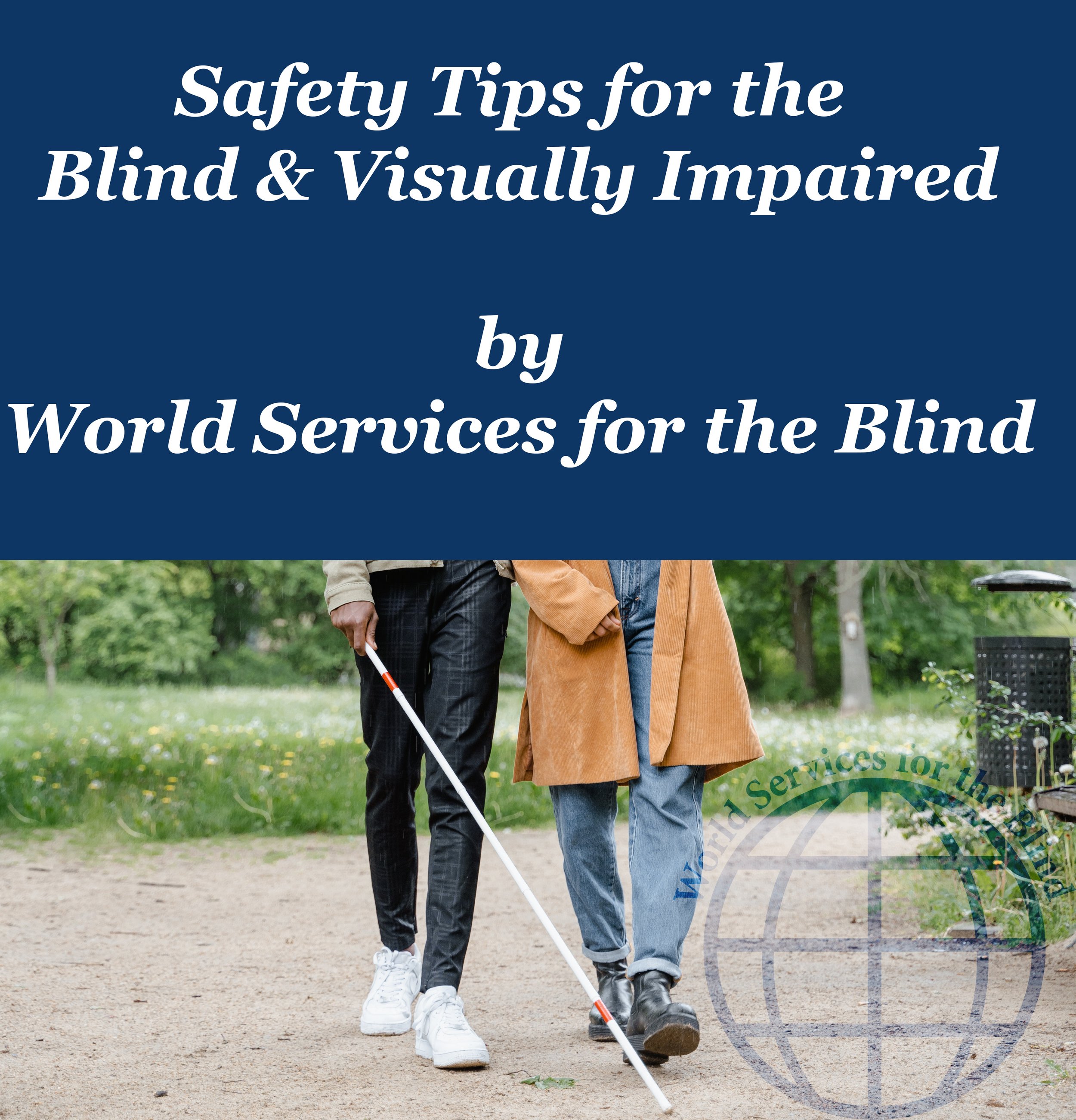How to get started with Vocational Rehabilitation
/desktop computer with blue overlay with white text “how to get started with vocational rehabilitation by world services for the blind”
Getting Started with Vocational Rehabilitation
At WSB, we work with vocational rehabilitation (VR) service providers daily. We know it can be an intimidating and, oftentimes, confusing process, especially if this is your first time accessing vocational rehabilitation services. We wanted to share some tips on what vocational rehabilitation is, getting started with vocational rehabilitation, and even what to do if you get denied services.
What even is vocational rehabilitation?
The original vocational rehabilitation program began in 1918 as the Soldiers’ Rehabilitation Act to help veterans returning from war receive services after sustaining disabilities. Vocational Rehabilitation today, across the United States, has a mission to help those with disabilities (physical and psychiatric) find and maintain employment. Vocational Rehabilitation provides a wide range of services from providing assistive technology, job coaching, career counseling, case management, and so much more. VR is the most common way clients come to WSB.
Common Terms
To make the process a little easier to understand, we wanted to write out some common terms you’ll hear throughout your VR journey.
VR Counselor – Your counselor will be your point of contact during this process.
Opening a case / case closure – Opening a case is what happens when you begin the VR process and begin working with a counselor. In the same vein, when you stop working with VR, it is called a case closure.
IPE – An Individualized Plan of Employment (IPE) will be created when you open a case. This will detail your vocational goals, steps to get there, and anything VR services will help you with to obtain and keep employment.
But let’s get onto the tips of getting start with vocational rehabilitation:
How to Get Started and Know Your Rights
You can be referred to VR services through different avenues, such as a doctor’s office, or you can be a self-referral. To be a self-referral, all you have to do is call your local state’s VR office.
You can start the VR process any time during your journey with disability, and you can come back if you still need help!
Once you start the process, VR has 60 days to provide a decision about your case. If you do open a case and begin working with VR, it can range how long you will work with them. It just depends how long it takes for you to achieve your goals. Once you have employment, VR will continue to work with you, and your employer, for 90 days to make sure that you have all of the needed accommodations and are a good fit for the job.
Be Prepared
When meeting with a VR counselor for the first time to open your case, they will ask you for a lot of different documents about your disability, income, state ID/driver’s license, and things like that. To make the process as smooth as possible, bring all of your medical documents and any documents they specifically ask for to your first appointment.
Being prepared can also mean exploring career opportunities and ideas before you walk in. You may not know what you want to do, and that is completely okay! Your VR counselor can help you figure out your values, interests, and priorities when it comes to work. It is important to be honest with yourself but also to be open to different kinds of opportunities.
What if you get Denied?
There are different programs that can help if you get denied services, whether that is not having a case opened or even denied services to come to training centers like World Services for the Blind. Each state has a Client Assistance Program (CAP) or Disability Rights organization that an assist you in these steps. Visit this link for a list of various CAP agencies across the United States








